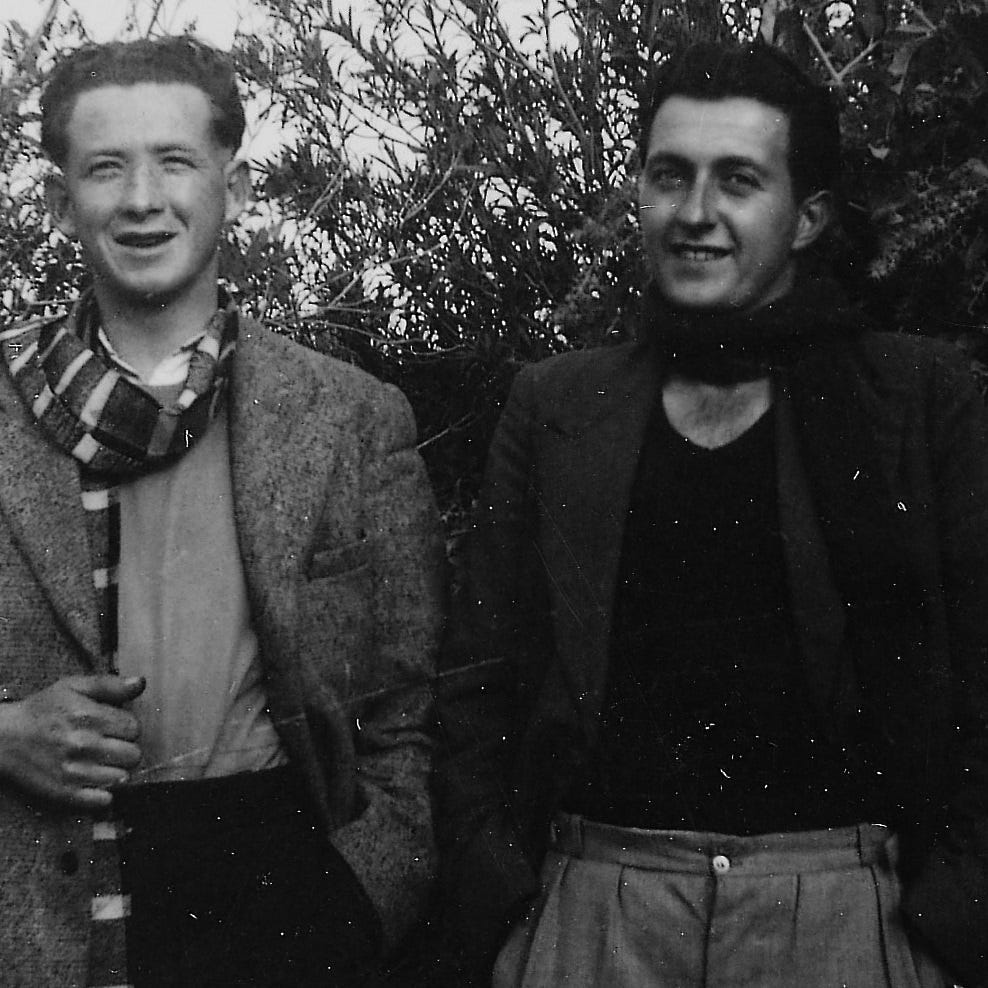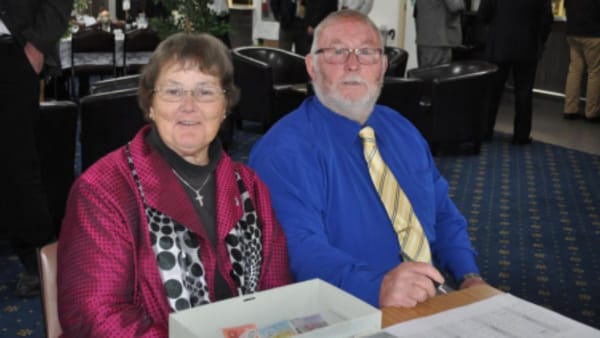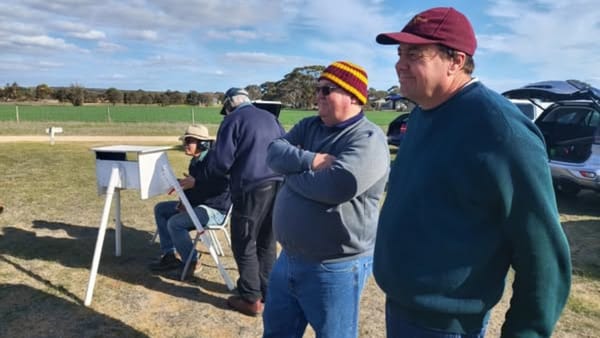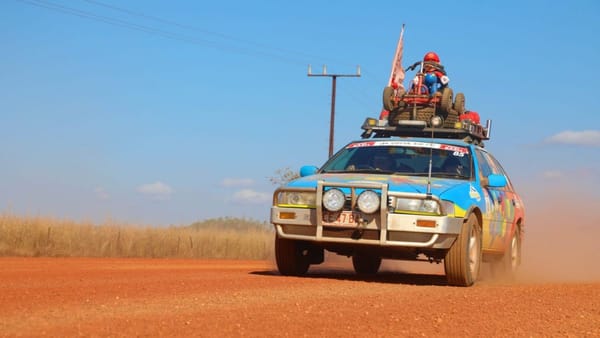How Elliott Staiff found a wild tomato and started a glasshouse revolution
To celebrate his 100th birthday last month, here’s the story of the Murray Bridge grower who changed the way we grow vegetables in South Australia.
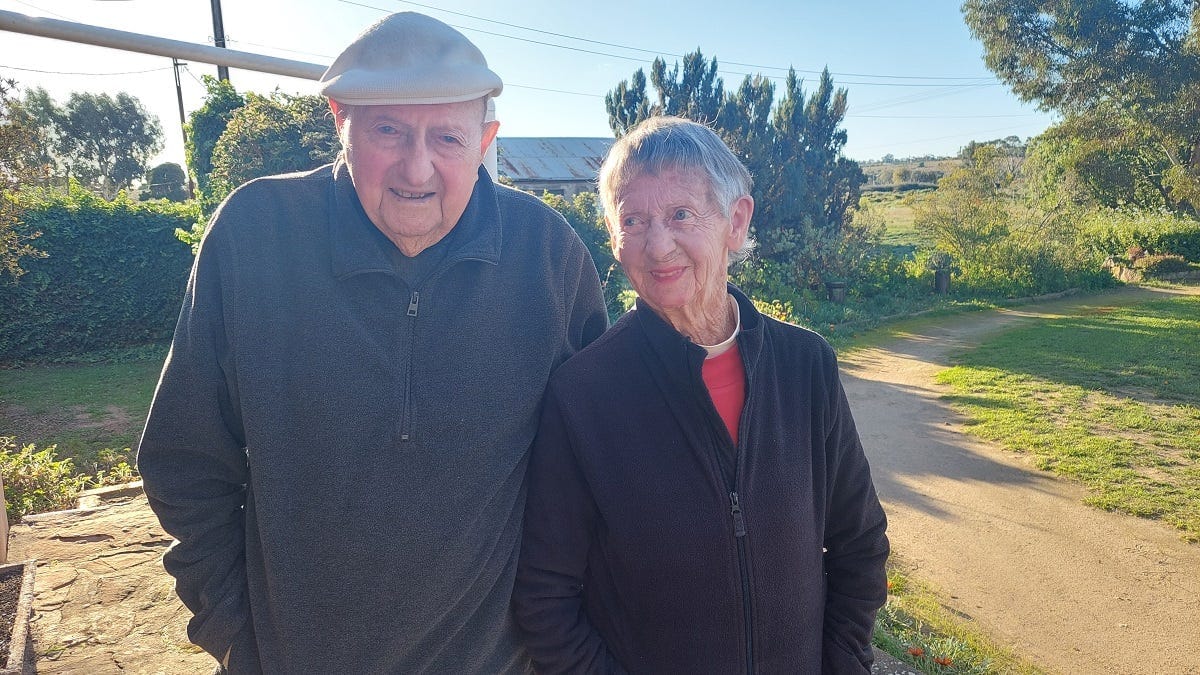
This post was originally published behind Murray Bridge News’ paywall. Paywalled posts are unlocked four weeks after publication. Can’t wait that long? Subscribe here.

Once upon a time, a young man was trudging through a swamp when his eyes fell upon a wild tomato plant.
It was a sweaty summer’s day, well over 100 degrees by the old measure, and it hadn’t rained in a couple of months.
Yet here was this tomato plant, heavy with red fruit.
The young man looked around, curious – how the heck had it grown so well here, surrounded by nothing but dry scrub?
Common wisdom held that tomatoes were supposed to be grown in rows and flood-irrigated, with plenty of moisture for their roots to drink.
Clearly there was a better way.
That was in about 1938; the young man, Elliott Staiff, celebrated his 100th birthday last month.
He took the opportunity to sit down with Murray Bridge News this week and tell the story of how his chance discovery sparked an agricultural revolution.
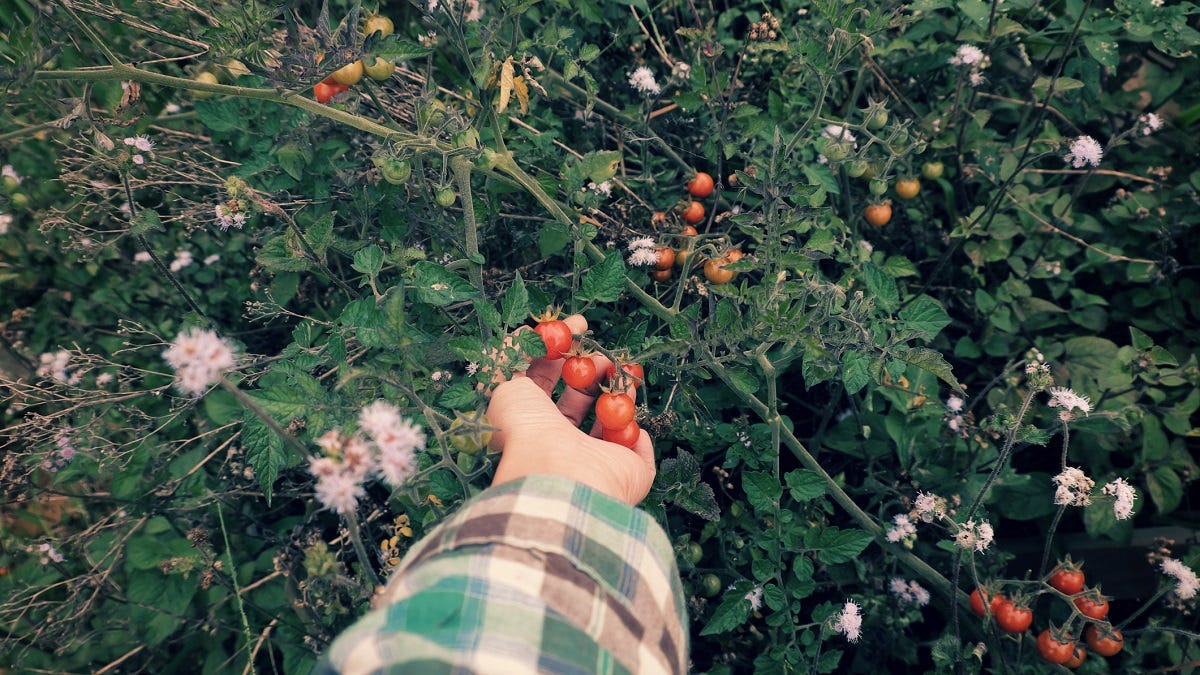
Growers had been producing tomatoes in glasshouses before that – as far back as World War I, in fact, according to Primary Industries and Regions SA.
Mr Staiff’s contribution was the idea that they didn’t need to be so heavily watered.
“I prepared my share of the glasshouses, flooded the glasshouses with at least three or four inches of water … and that evening I would transplant the seedlings,” he said.
“They were planted in the first week of April and they never got another drop of water until the first week of August.”
The fruit grew so “extraordinarily large” and heavy that each bunch had to be tied to the stem of the plant so it wouldn’t peel off.
Normally, Mr Staiff said, a glasshouse would produce between 150 and 200 half-bushel cases of fruit.
His produced 350.
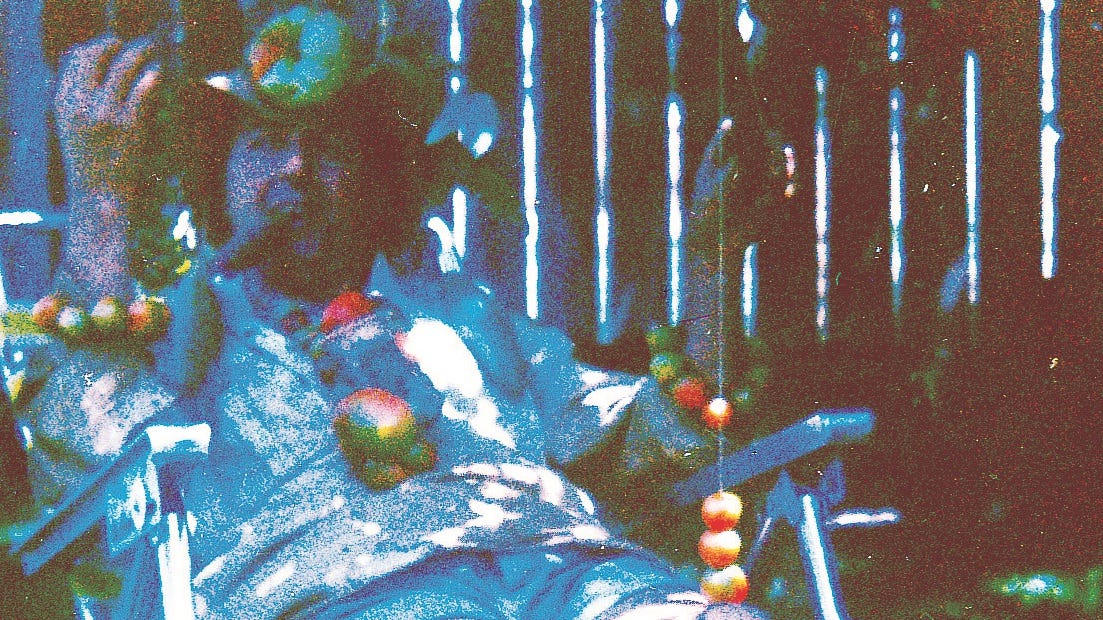
Soon his methods were being reported in industry journals, examined by the state Department of Agriculture and copied by other local growers.
Before too long Murray Bridge was surrounded by a sea of thousands of glasshouses, many of which still stand.
In turn, they laid the groundwork for an era of intensive agricultural production which continues today at local chicken farms and mushroom-growing sheds.
Bulgarian pioneers established early market gardens
The Staiff family was among the first from Bulgaria to settle in South Australia, according to the History Trust of SA.
Elliott’s father Vasil stepped off a boat at Port Adelaide with £5 in his pocket in 1912, and his mother Tasha followed a year or two later.
Another 11 years would pass before they would settle near Long Island; prior to that, the elder Mr Staiff started another market garden, which flooded; managed a small dairy herd at Mypolonga; helped build the levee at Woods Point; and even spent six miserable months in the mines at Broken Hill.
It was back at Woods Point that Vasil Staiff got his big break: pastoralist Hurtle Morphett employed him to grow vegetables for the settlement, and wound up paying him an £1100 bonus for advice which saved the levee bank from collapsing.
The veggie grower used that money to buy the land in Murray Bridge where Elliott Staiff still lives today.
“He’d probably leave Woods Point about four o’clock in the morning with a horse and a spring dray – it took a couple of hours to get up here,” Elliott Staiff said of his father.
“Neighbours provided him with the horses and implements he used to develop the land, (which) probably took him about two years.
“I take my hat off to him – he did a lot of work.”
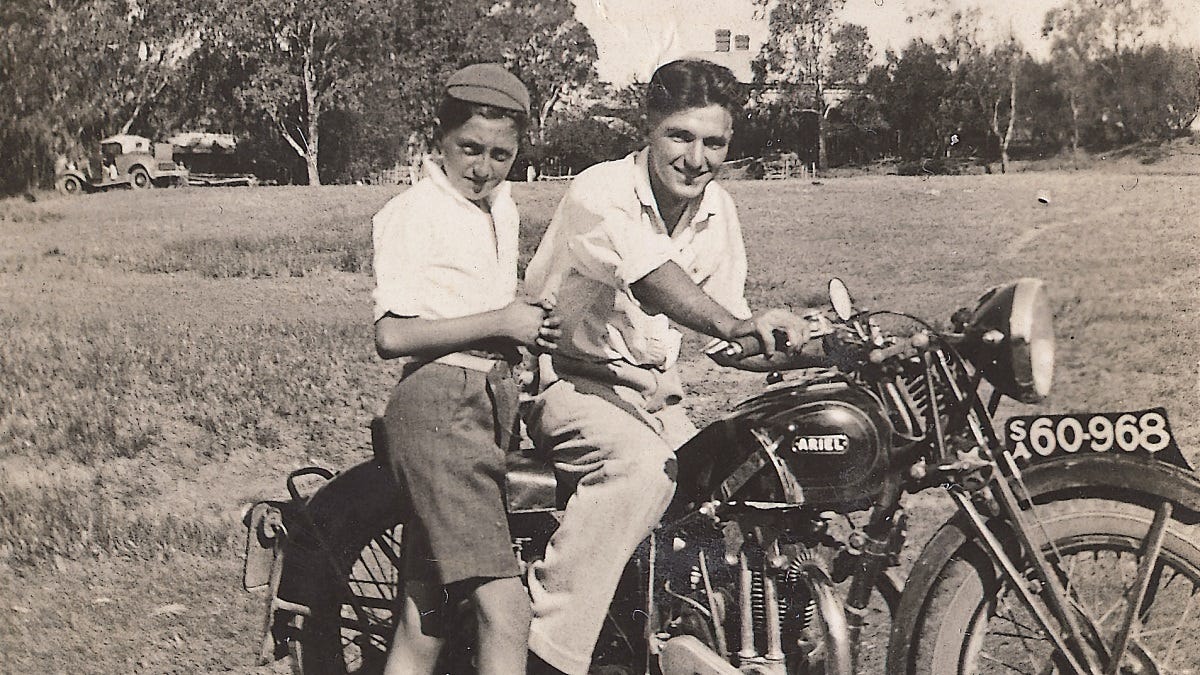
The young Staiff brothers, James and Elliott, farmed the land in partnership with their father from 1938.
He is better known locally for his success on the bowling green these days; but back then Elliott played football with Ramblers.
Players from Ramblers, Imperials and Mypolonga formed a combined district team during World War II.
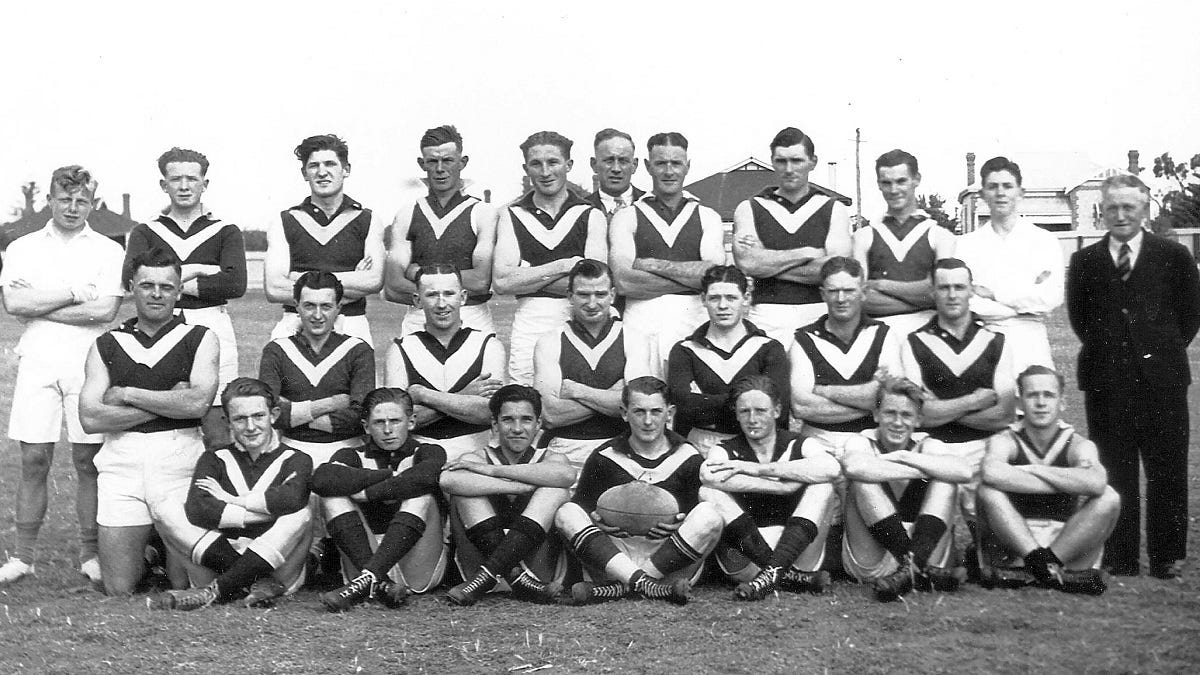
Elliott enlisted during the war, but avoided active service thanks to his father’s intervention.
“My father had a contract (to grow cabbages for the troops),” Mr Staiff said.
“They asked him: could he increase production to supply (the barracks at) Woodside and Wayville?
“He said ‘if my son was home, yes’; they said ‘he’ll be home tomorrow’.”
Mr Staiff built the house where he still lives in 1947, despite the best efforts of an inspector who was sent to make sure he followed a post-war rule that no house could be built to a value of more than £1500.
Mr Staiff had never had a plan drawn up – he simply told the builders what to do day by day – and so he escaped with a home that was relatively luxurious for the time.
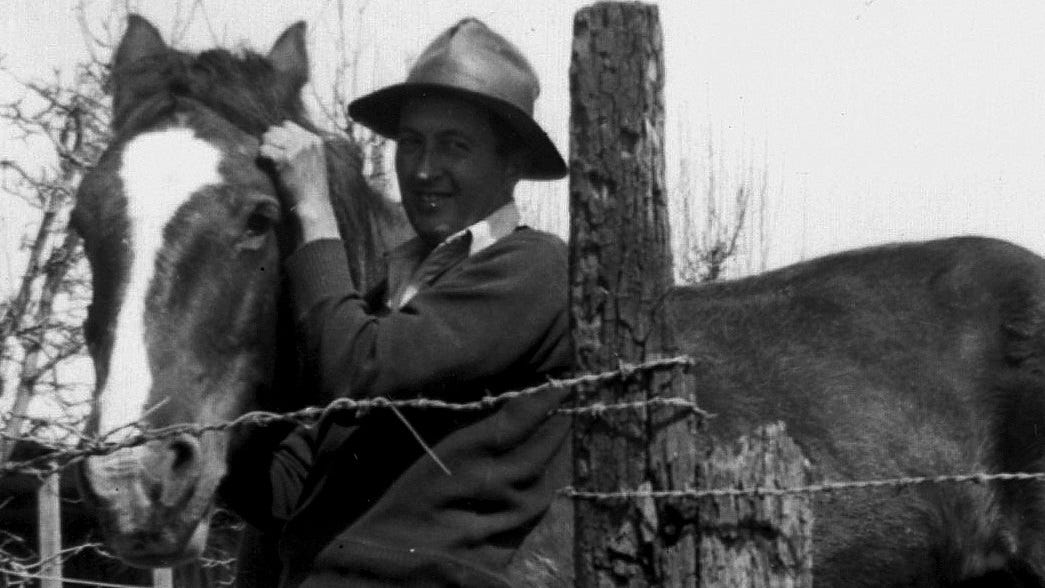
His luck held in a big way in 1956.
The Staiffs’ market garden was the only handmade levee along the entire length of the River Murray which was never breached by floodwaters.
Elliott and his brother James piled sandbags five or six feet high, used a bulldozer to build up the earth on each side, and pumped water out of the trenches between their glasshouses between 5am and 10pm every day.
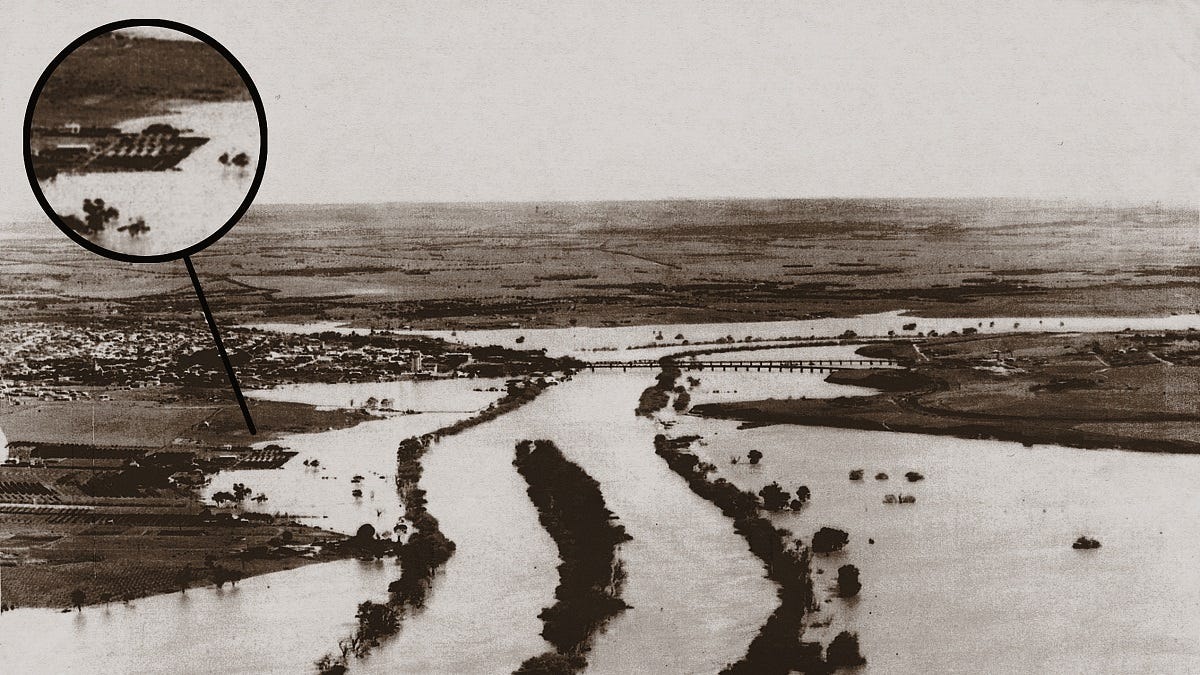
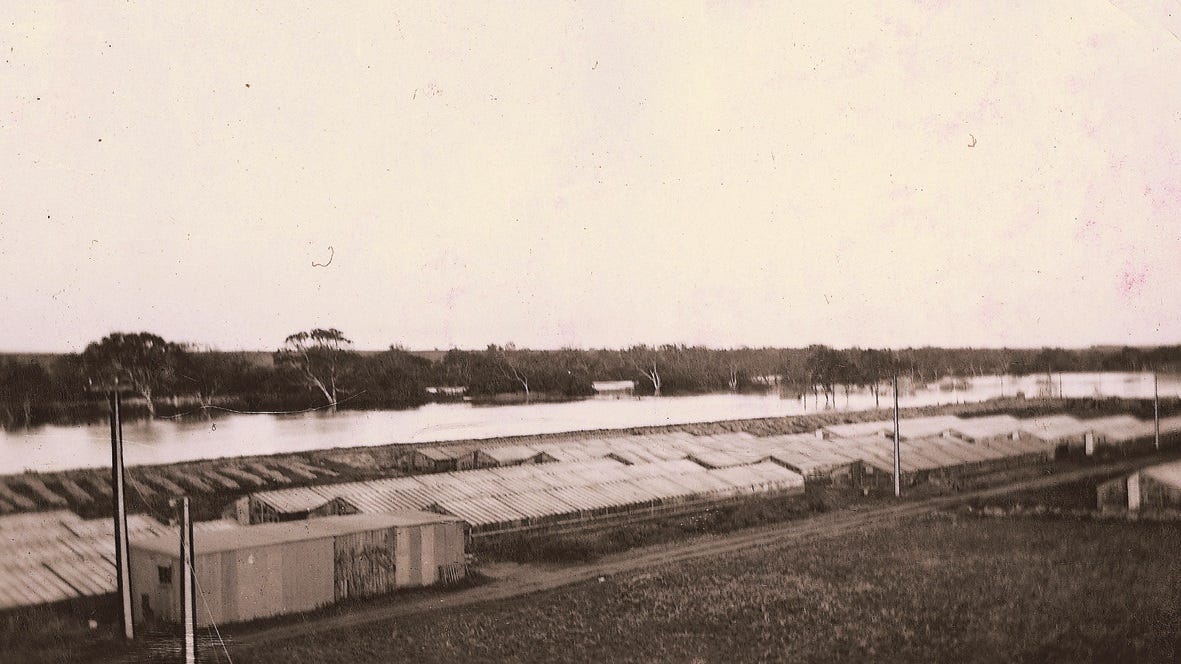
The water rose, rose, stayed high for a couple of months, but never broke through.
“Had it burst our bank, it would have been over this floor,” Mr Staiff said, looking out at the wetland from a front room at his house.
“We were lucky.”
The levee still stands today, and forms part of the Murray Coorong Trail.
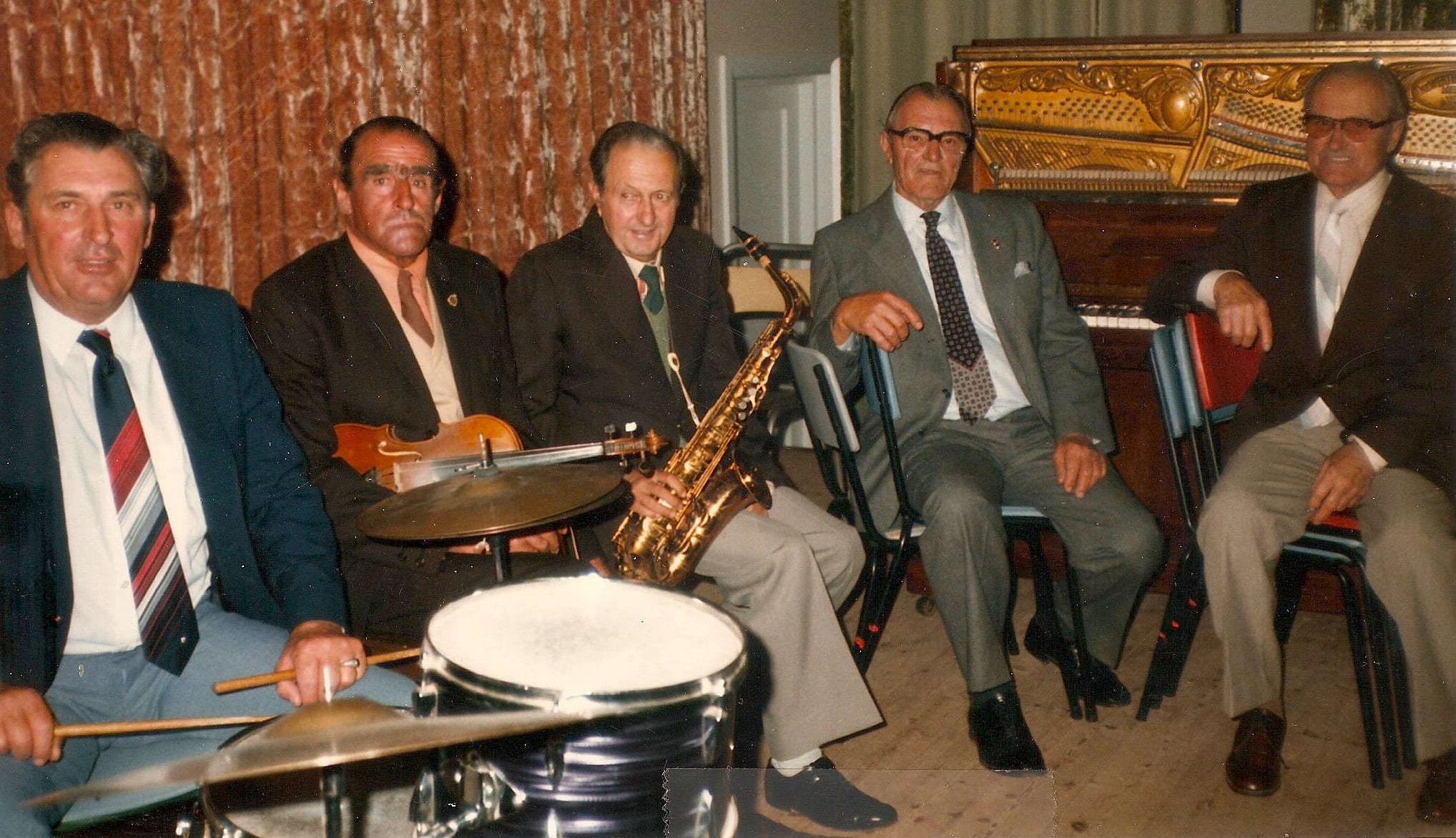
When he wasn’t working on the property, Mr Staiff played saxophone with Norm Wiebrecht’s group, and later in Artie Zadow’s band, which performed at every hall between here and the horizon during the heyday of the social dancing scene.
He would later teach music at Murray Bridge High School.
He and Margaret were married on January 8, 1949.
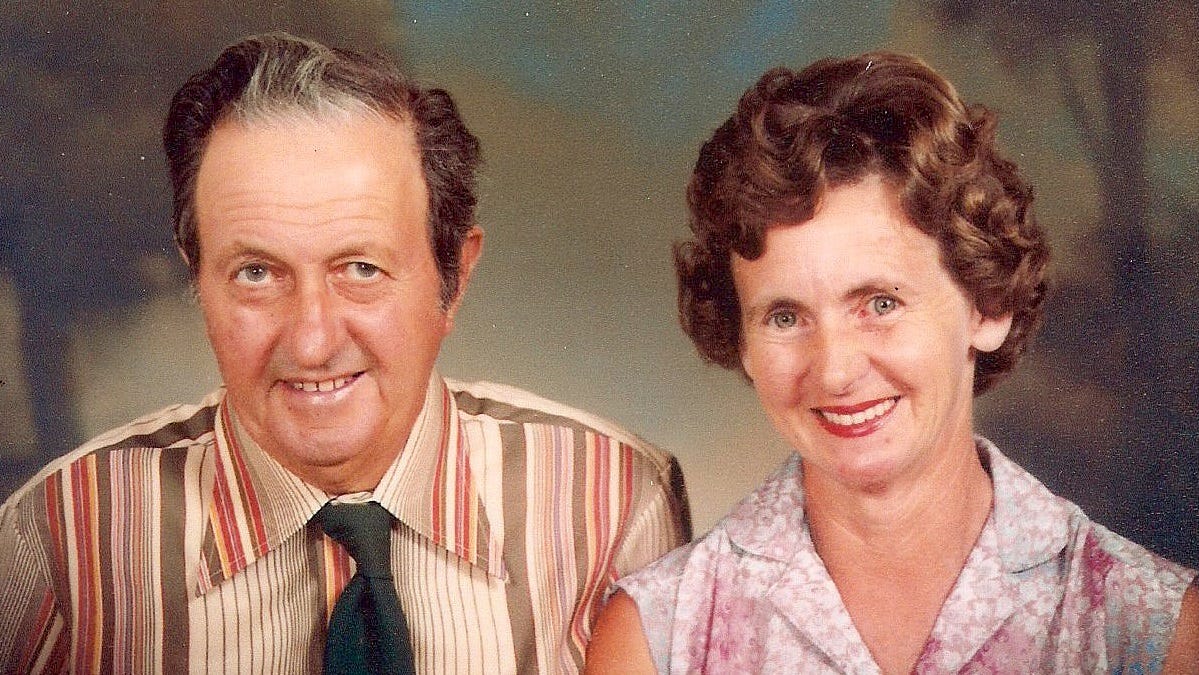
Ninety-nine years a local
The family didn’t do much for Mr Staiff’s 100th birthday on April 14, with COVID still going around and all.
However, members of the local Friendship Force group threw him a surprise party at Long Island Reserve, and he and his son Russell drank champagne with another son, Kym, who video-called from his home in Switzerland.
Mr Staiff attributed his long life to genetics – an ancestor in the old country had supposedly lived to 125, he said – and to the Buteyko breathing technique he began practising some years ago.
He hadn’t been on any medication for 14 years, he said proudly.
Through it all he has kept his wits, his memories and his sense of humour.
“I’ve been lucky, health-wise … (but) I don’t think I’ll see another hundred,” he said with a chuckle.
